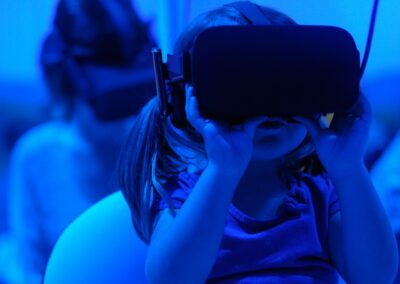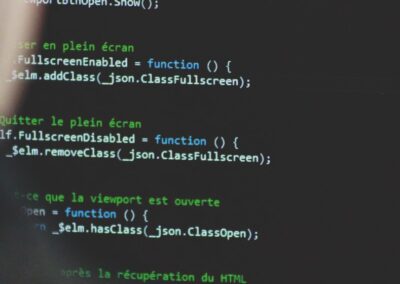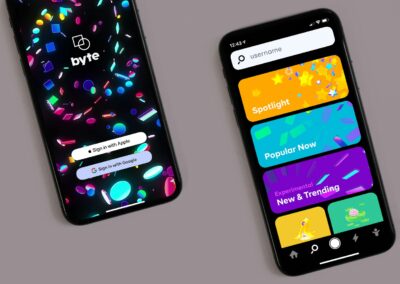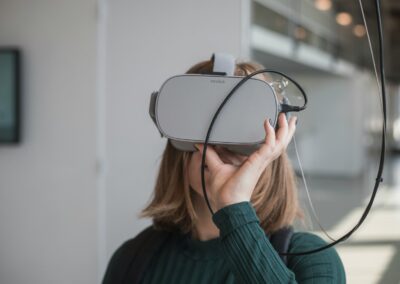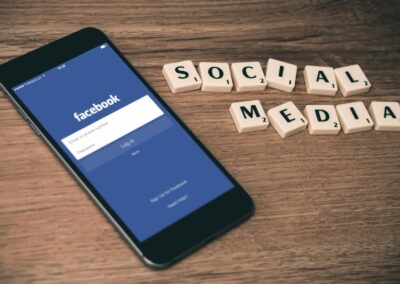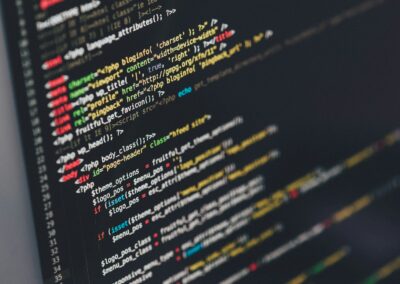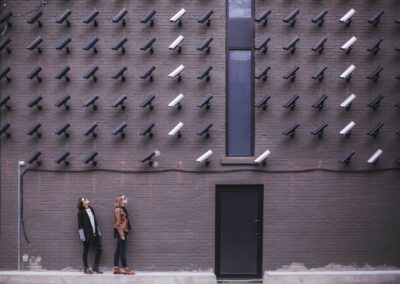Understanding Digital Twins and Their Significance
What Are Digital Twins?
Digital twins are virtual replicas of physical assets, systems, or processes that use real-time data to mirror the performance and condition of their physical counterparts. These sophisticated models allow businesses to monitor, analyze, and optimize their operations, making them invaluable tools in industries ranging from manufacturing and healthcare to urban planning and energy management. In the Middle East, particularly in Saudi Arabia and the UAE, the adoption of digital twins is accelerating as organizations strive to enhance efficiency and innovation.
Digital twins integrate various technologies such as the Internet of Things (IoT), artificial intelligence (AI), and advanced analytics to provide comprehensive insights. For instance, in Riyadh, smart city initiatives leverage digital twins to manage urban infrastructure, optimizing traffic flow, energy consumption, and public services. Similarly, in Dubai, the real estate sector uses digital twins to monitor building performance and maintenance needs, ensuring sustainability and operational excellence.
The Value Proposition of Digital Twins
The primary value of digital twins lies in their ability to provide a continuous, real-time view of physical assets and systems. This capability enables proactive maintenance, reduces downtime, and enhances decision-making. In sectors like energy and utilities, digital twins can predict equipment failures and optimize energy distribution, leading to significant cost savings and improved service reliability. In healthcare, digital twins of medical devices or patient monitoring systems can provide critical insights into device performance and patient health, facilitating timely interventions and improved outcomes.
In the context of business success, digital twins play a crucial role in driving operational excellence and innovation. By providing a detailed understanding of asset performance and potential failure points, they enable businesses to implement predictive maintenance strategies, reduce operational costs, and extend asset life. Moreover, digital twins support scenario planning and risk management, helping organizations to navigate uncertainties and make informed strategic decisions.
Applications in Leadership and Management
For leaders and managers, digital twins offer a powerful tool for enhancing strategic planning and operational oversight. By providing real-time data and analytics, digital twins enable leaders to monitor performance metrics, identify trends, and make data-driven decisions. This capability is particularly valuable in dynamic and complex environments, where timely and accurate information is critical for maintaining a competitive edge.
In executive coaching and leadership development, digital twins can be used to create realistic simulations and training scenarios. For example, managers can use digital twins to model business processes and test different strategies in a risk-free environment. This approach not only enhances learning outcomes but also builds leadership skills in areas such as problem-solving, decision-making, and strategic thinking.
Challenges in Maintaining Digital Twin Accuracy
Data Integrity and Quality
One of the primary challenges in maintaining the accuracy and relevance of digital twins is ensuring data integrity and quality. Digital twins rely on vast amounts of data from various sources, including sensors, IoT devices, and enterprise systems. Ensuring that this data is accurate, complete, and up-to-date is crucial for the fidelity of the digital twin. However, data quality issues such as noise, missing values, and inconsistencies can compromise the accuracy of the digital twin, leading to erroneous insights and decisions.
In Saudi Arabia and the UAE, where smart city projects and digital infrastructure are rapidly expanding, maintaining high data quality is essential. For instance, in Riyadh’s smart city initiatives, ensuring the accuracy of traffic and environmental data is critical for optimizing urban management and improving quality of life for residents. Similarly, in Dubai’s real estate sector, accurate building performance data is necessary for effective facility management and sustainability initiatives.
Managing Dynamic Changes
Another significant challenge is managing the dynamic changes in real-world conditions. Physical assets and systems are subject to continuous changes due to wear and tear, environmental factors, and operational variations. Keeping the digital twin updated with these changes requires real-time data integration and advanced analytics capabilities. However, capturing and processing real-time data from complex systems can be challenging, especially in environments with limited connectivity or high data latency.
In the context of modern technology, AI and machine learning play a crucial role in addressing this challenge. These technologies can analyze vast amounts of data in real-time, identify patterns, and predict changes in asset conditions. For example, generative AI can create updated models of physical assets based on real-time data, ensuring that the digital twin remains accurate and relevant. In industries such as manufacturing and energy, where operational conditions can change rapidly, these capabilities are vital for maintaining the accuracy of digital twins.
Integration and Interoperability
Integration and interoperability are also critical challenges in the deployment and maintenance of digital twins. Digital twins often need to integrate data from multiple sources and systems, including legacy systems, IoT devices, and cloud platforms. Ensuring seamless integration and interoperability between these systems can be complex, requiring robust data standards, protocols, and integration frameworks.
In regions like the UAE and Saudi Arabia, where digital transformation initiatives are accelerating, achieving integration and interoperability is essential for the success of digital twin projects. For instance, in Riyadh’s smart city projects, integrating data from various urban systems such as transportation, utilities, and public services is necessary for creating a comprehensive and accurate digital twin of the city. Similarly, in Dubai’s healthcare sector, integrating patient data from different medical devices and systems is crucial for creating effective digital twins for patient monitoring and care.
Conclusion
Maintaining the accuracy and relevance of digital twins over time is a complex but critical task for organizations leveraging this powerful technology. Ensuring data integrity and quality, managing dynamic changes, and achieving integration and interoperability are key challenges that need to be addressed. By leveraging advanced technologies such as AI, machine learning, and IoT, businesses can overcome these challenges and harness the full potential of digital twins.
In regions like Saudi Arabia and the UAE, where innovation and technological advancement are prioritized, digital twins offer significant opportunities for enhancing efficiency, sustainability, and business success. As digital twin technology continues to evolve, it will play an increasingly vital role in driving operational excellence and strategic decision-making across various sectors.
#DigitalTwins #RealTimeData #AI #SaudiArabia #UAE #Riyadh #Dubai #BusinessSuccess #ModernTechnology #LeadershipSkills #ManagementSkills #ProjectManagement #Blockchain #Metaverse #ExecutiveCoaching #GenerativeAI



